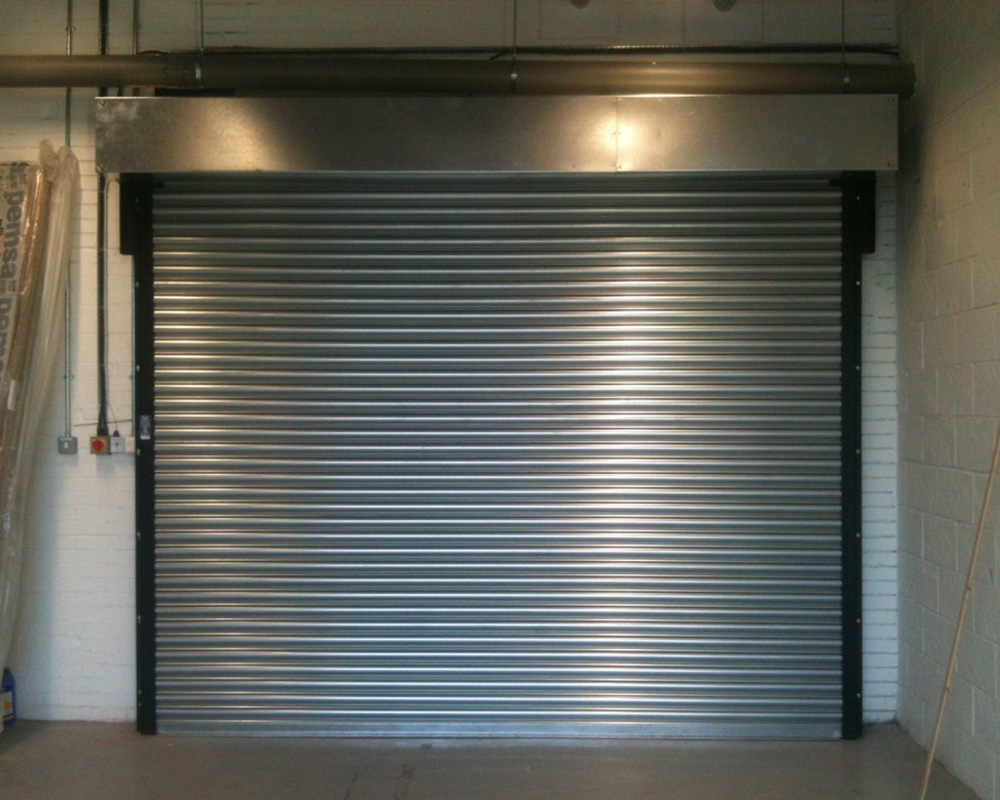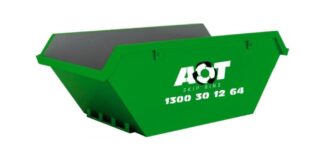While the number of fires in the UK has been decreasing over the last decade, likely due to the increasing sophistication of fire regulations and rising safety awareness, there were still 147,295 fires reported in England for the year 2020-2021.
National statistics from the Home Office also show that of these incidents, 8,155 fires were in non-domestic buildings, and over 20% of these fires caused damage to areas of at least 1000m2.
These figures also reveal that aside from non-residential private buildings and public buildings, retail premises and industrial premises experienced the highest number of fires.
Fires can spread quickly through large spaces like warehouses and factories, and can be extremely difficult to control if they do. Not only can this cause thousands of pounds worth of damage, but it could also result in fatalities – and while equipment is replaceable, lives are not.
Even if you think a fire could never happen to you or your business, the reality is that it’s more likely than you think, especially if you don’t take physical fire safety precautions seriously.
This is where fire shutters come in. They’re a crucial part of any fire safety strategy in commercial or industrial buildings. Let’s look into what fire shutters do and how they work to keep your property and people safe from the potential spread of fire.
What is a fire shutter?
A fire shutter is a specific type of roller shutter made of fire-resistant metal. In the event of a fire, the shutter usually rolls down to become a flame-resistant wall, with no holes for smoke to spread through. It blocks off oxygen to the fire on the other side, preventing the flames from growing.
When activated by a local smoke detector or the fire alarm system, fire shutters should drop down to seal off passages between larger open areas. This effectively compartmentalises the building so that flames and smoke can’t spread as easily throughout the different sections, which allows:
- People to evacuate from the rest of the building safely
- More time for emergency services to arrive and put the fire out
- Damage reduction to property beyond the shutters
Fire shutters work alongside other measures like smoke/heat detectors, sprinkler systems, and fire extinguishers to prevent fires from spreading. They’re most effective when installed in high-risk areas like kitchens, laboratories, and storage spaces, which are likely to contain flammable materials.
How do fire shutters work?
An extra advantage of fire shutters is that they can operate just like regular roller shutters, without disrupting your business operations. They can be hidden discreetly, rolled up when not in use, and only activated in the event of an actual fire breaking out nearby.
Standard fire shutters with tubular motors will activate upon receiving volt-free signals from the building’s fire alarm system. Depending on the control settings, the fire shutter will either drop closed completely, or remain partially open to allow people to escape under it.
In the latter case, the fire shutter door will only fully close when a local smoke or heat detector is triggered, notifying the system that the fire is now close enough that it needs to be cut off.
Some fire shutters come down from their own weight, while others might have a motor-operated closing mechanism. This is the type that can be programmed to stay open temporarily, acting as a smoke barrier and evacuation route for as long as possible.
Minutes and seconds can make a massive difference in saving lives and minimising damage, and fire shutters can afford at least 30 minutes of fire protection when used properly. It’s vital that the right type of shutter is not only installed correctly, but also frequently tested and regularly maintained.
What if there’s a power failure?
Blackouts can happen across the country at any time, and power failures aren’t unheard of during fires. This is why every fire shutter should have backup operating mechanisms that don’t rely on electricity, allowing them to operate fully even if their main power source is no longer working.
For example, electric roller shutters should always have a manual hand-crank system, whether they’re fire doors or not. Where possible, there should also be a backup battery, giving the roller fire shutters enough power to operate for at least a limited amount of time during an emergency.
In fact, according to British Standards BS EN 16034, a fire shutter must have built-in fail-safes to enable its operation in the event of a power failure on the premises. Standard battery backups should last for at least 8 hours when the primary power source fails, but there is also the option of a gravity fail-safe – whereby the brake releases when the signal is lost, causing the shutter to descend.
Do fire shutters and fire curtains work differently?
You might have heard of fire curtains as well as fire shutters, and be wondering whether these are the same thing or not. Both are designed to resist the spread of fire and allow people in the building enough time to evacuate, but they’re not the same, and therefore can’t be used interchangeably.
As the name suggests, fire curtains tend to be fabric-based. While they provide higher levels of smoke resistance and can temporarily contain flames just as well as a fire shutter, they can’t double as a security measure the way rigid metal roller shutters can on the outside of windows and doors.
Fire curtains can generally be cut to any shape or size, and rolled up tightly out of sight when they aren’t being deployed. Their flexibility allows them to secure all kinds of openings, which is why fire curtains are installed in many places indoors. Meanwhile, inflexible fire shutters aren’t suitable for this purpose – which is why they’re usually fitted on the exterior of exits and entrances instead.
Do you need fire shutters?
Now you know how fire shutters work, and how important they are in keeping your premises and staff safe from spreading flames and smoke, you might want to invest in fire shutters for your business. The easiest way to do this is to find a supplier of all types of roller shutters near you.
If you’re searching for roller shutters in Bolton, for example, it shouldn’t be difficult to find a roller shutter supplier that also specialises in manufacturing and fitting fire shutter doors. These experts should be able to help you design the most suitable fire shutters for your building, according to:
- Height and width of opening
- Operational features
- Finish and aesthetics
- Expected frequency of use
- Existing fire safety systems
Of course, they should also take your budget into account – but this equipment isn’t the kind of thing you can skimp on. It’s definitely worth investing more into your fire shutters to ensure that you have the best possible fire safety system in place, protecting everyone and everything inside.

















